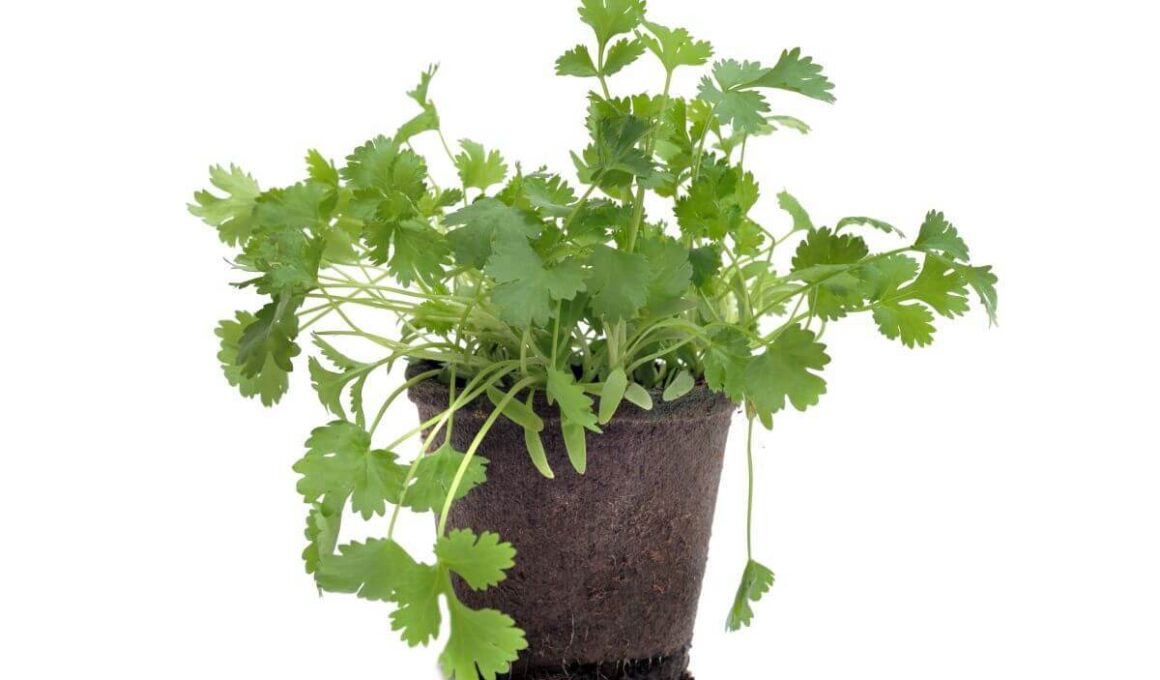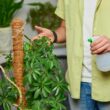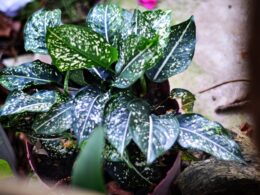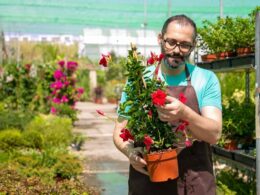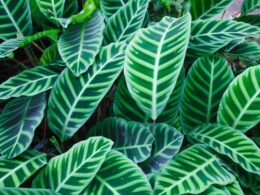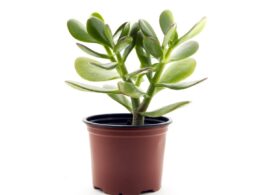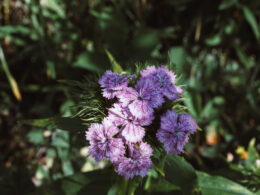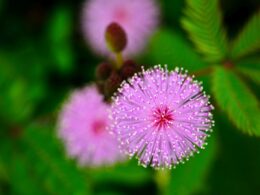What Is Cilantro? Coriander Species, Origin and Traits
Cilantro (Coriandrum sativum) is an annual herb in the Apiaceae family. Native to Southern Europe, Northern Africa and Southwestern Asia, it’s been cultivated for centuries and is now grown throughout the world. Still, cilantro plant care isn’t common knowledge, so we’re here to help!
The herb is also known as Chinese parsley or dhania, and its seeds are referred to as coriander. The plant grows to a height of about 20 inches and has delicate, lacy leaves. The small white or pale pink flowers bloom in summer and give way to the seeds, which are used as a spice.
Cilantro has a distinct, pungent flavor that’s often described as soapy or citrusy. It’s a popular ingredient in cuisines from Mexico, India, Vietnam and Thailand, and is used to add flavor to salsa, curry, soup and more. Cilantro plant care is easy, making it a great herb to grow indoors.
Cilantro Plant Care – Soil Type and Fertilizer
Cilantro is a fast-growing herb that prefers fast-draining, sandy soil with a pH of about 6.5. If your soil is heavy or clay-like, amend it with sand or perlite to improve drainage. And if you’re planting cilantro in pots, use commercial potting mix instead of garden soil.
Feeding your cilantro once a month is a good idea, especially if the plant is growing in pots. Use a balanced liquid fertilizer or compost, and be sure to water the soil before applying it. This will help prevent root burn.
Cilantro Plant Care – Watering
Cilantro does best in regularly moist, well-drained soil. One inch of water per week should be enough. If you live in a hot climate or your home is very dry, you may need to water cilantro more often. Let the top inch of soil dry out before watering again.
Be sure to water cilantro at the base of the plant, not on the leaves. This will help prevent powdery mildew, a fungal disease that can ruin your crop.
How Much Light Cilantro Plants Need
Coriander is a cool-season herb that prefers full sun but will tolerate some shade. In hot climates, afternoon shade is best to prevent the leaves from wilting. If you’re growing cilantro indoors, place it near a sunny window.
Ideal Temperatures and Humidity for Cilantro Plants
Proper cilantro plant care includes providing the herb with the right environment. Cilantro prefers temperatures between 50 and 85 degrees Fahrenheit. Although it can survive in much colder weather, it won’t tolerate heat above that range. If you live in a warm climate, plant cilantro in the fall or winter.
Cilantro does well in average room humidity, but if the air is too dry, the leaves may begin to wilt. If this happens, mist cilantro plants regularly or set them on a pebble tray with water.
Pruning or Harvesting Cilantro Leaves
You can begin harvesting cilantro leaves when the plant is about 6 inches tall. Cut the leaves with scissors, leaving about two inches of stem on the plant. Cilantro will continue to produce new leaves, so you can harvest it several times throughout the growing season.
To dry cilantro, tie the stems together and hang them upside down in a cool, dark place. Once the leaves are dry, store them in an airtight container.
How to Plant Coriander Seed
As you know by now, cilantro plant care is easy, and you can grow it from seed. Plant it every month or so to ensure a continuous supply of the herb. Crushing the seeds gently before sowing will speed up germination.
To plant cilantro seeds, fill pots or a multi-cell tray with moistened potting mix and scatter the seeds on the surface. Cover them with a thin layer of soil, and water gently. Place the pot in a warm, sunny spot, and keep the soil moist. The seeds should germinate in about 7-21 days.
Once the seedlings are big enough to handle, thin them out, so they’re about 10 inches apart. You can transplant the cilantro seedlings to individual pots or plant them in your garden.
Pests and Diseases That Affect Cilantro
Cilantro is generally a healthy herb, but it can be affected by pests and diseases. Watch out for aphids, caterpillars, slugs and whiteflies. These pests can damage cilantro plants and reduce the quality of the leaves.
If you notice any of these pests on your cilantro plants, remove them by hand or treat the plants with an organic pesticide.
Cilantro is also susceptible to root rot, which can be caused by overwatering or planting cilantro in poorly-drained soil. The best way to prevent this disease is to provide well-drained soil and water it regularly.
Cilantro Bolting and How to Avoid It
Cilantro bolting is when the plant produces flowers and goes to seed. This usually happens when it’s stressed by heat or lack of water. Once cilantro bolts, the leaves will taste bitter and the plant will no longer produce new leaves.
To avoid cilantro bolting, water it regularly and provide a cool environment. If you live in a warm climate, plant cilantro in the fall or winter. You can also try to bolt-resistant varieties of cilantro, such as ‘Slow Bolt’ or ‘Jantar’.
Growing Cilantro Indoors Is Easy – Enjoy Harvesting the Leaves!
By following these cilantro plant care tips, you can grow healthy cilantro plants that will produce a good harvest. With a little effort, you can enjoy fresh cilantro all year round. Thanks for reading, and happy gardening!
Do you have any more tips to share? Let us know in the comments below. And be sure to check out our other plant care guides for more growing tips.





